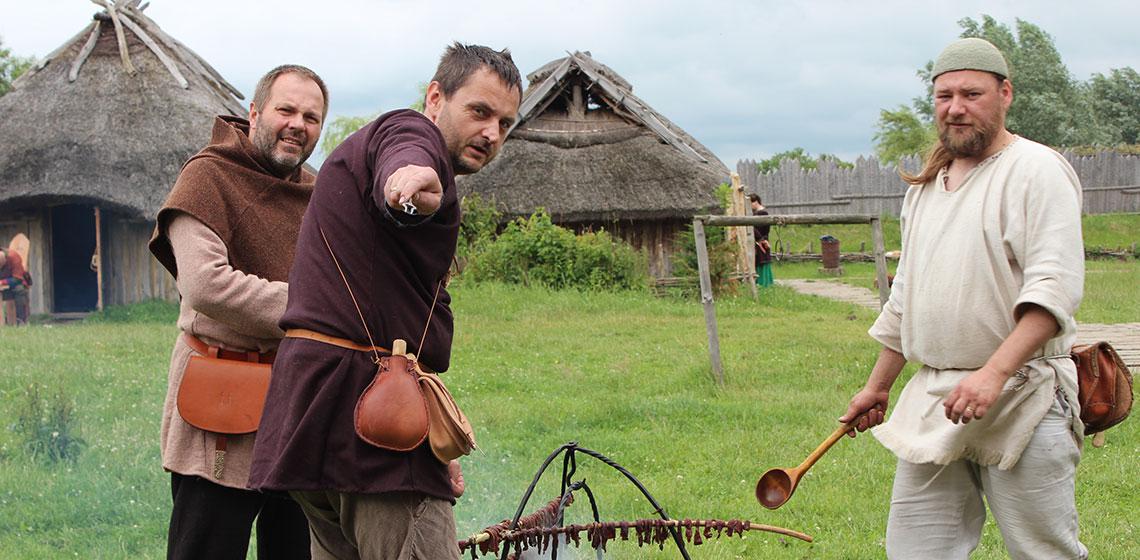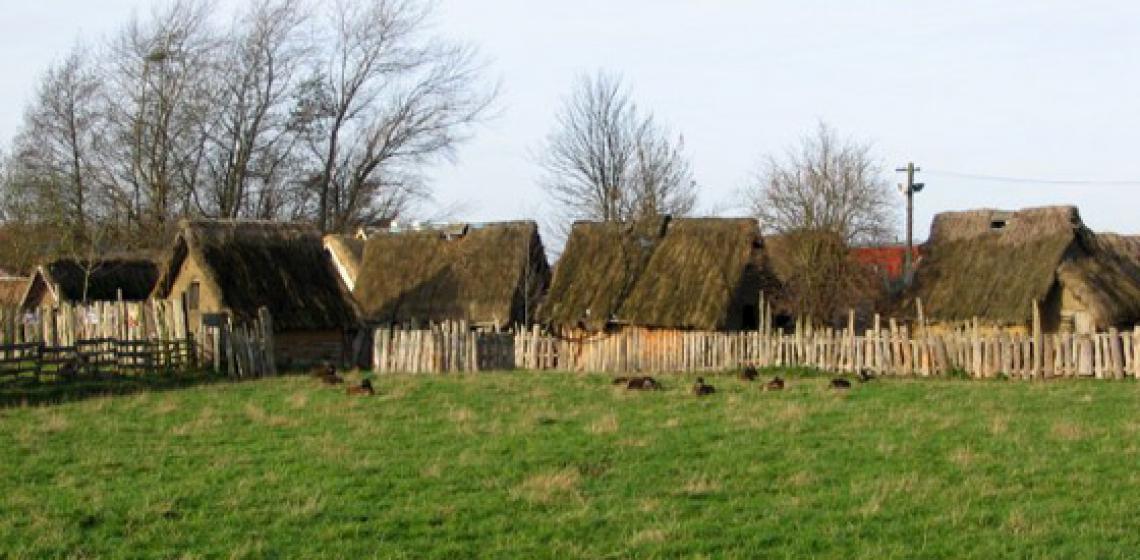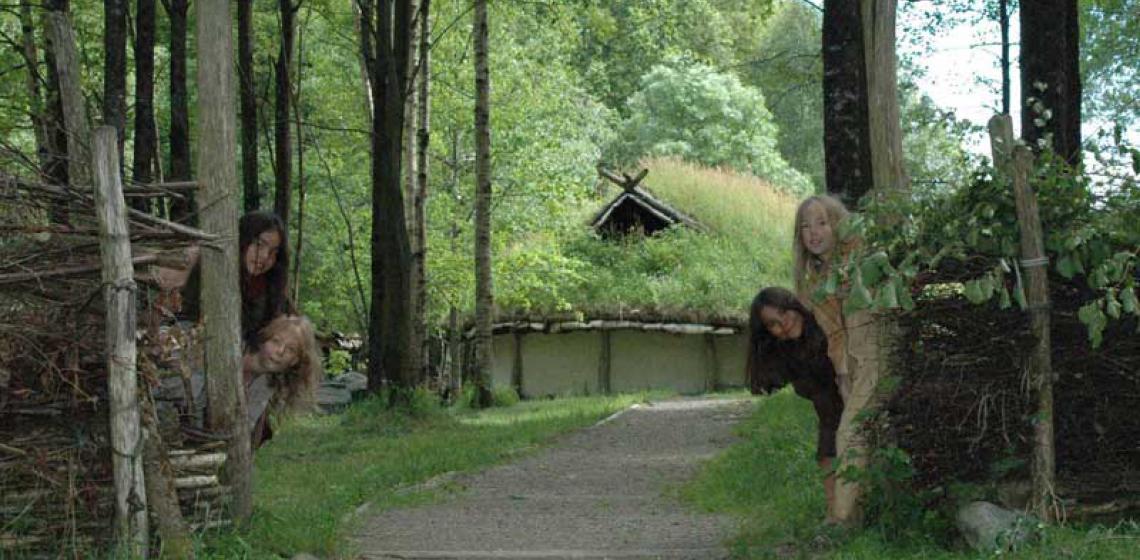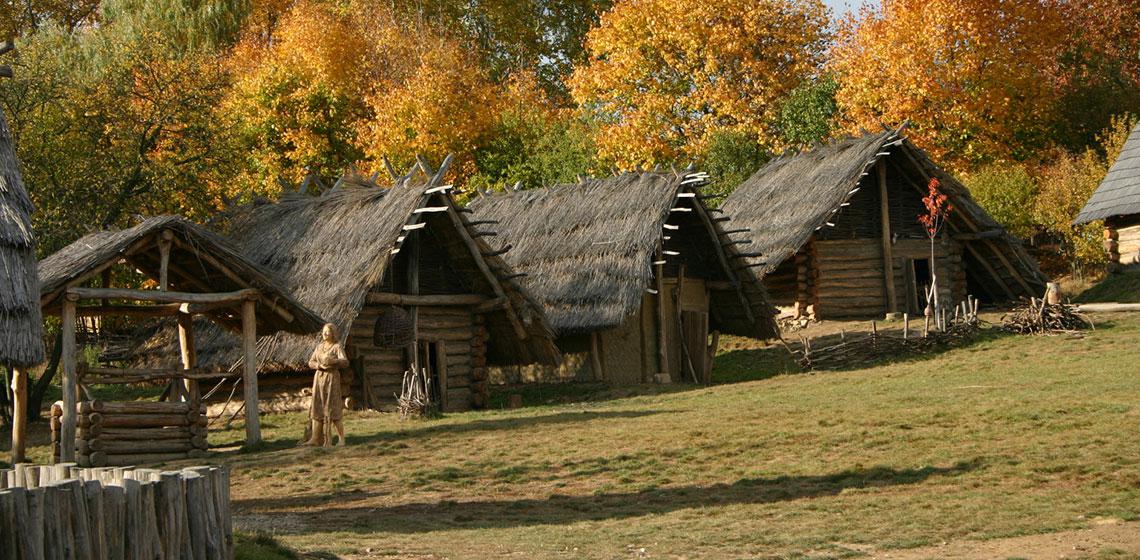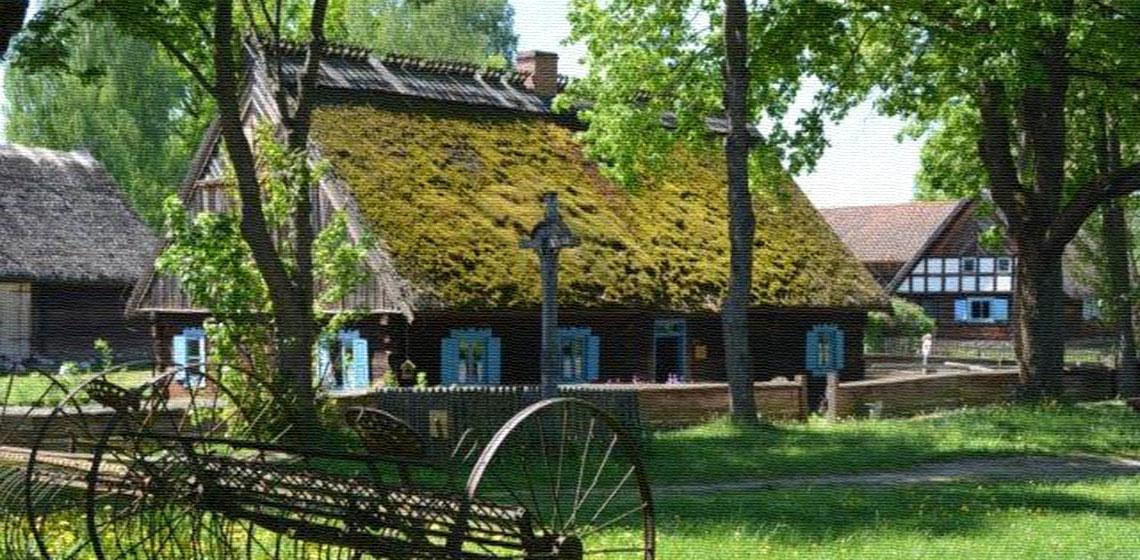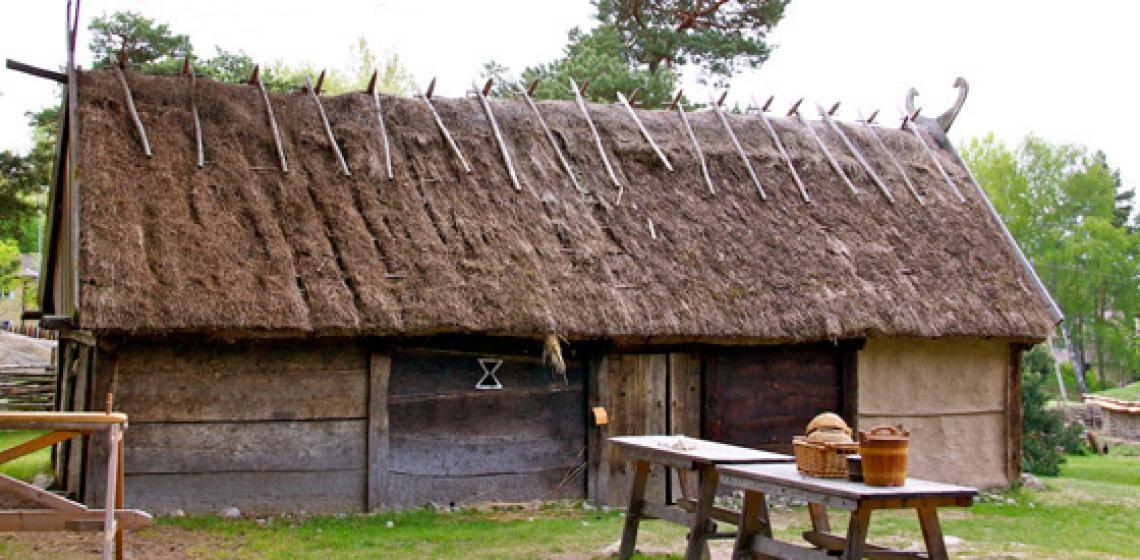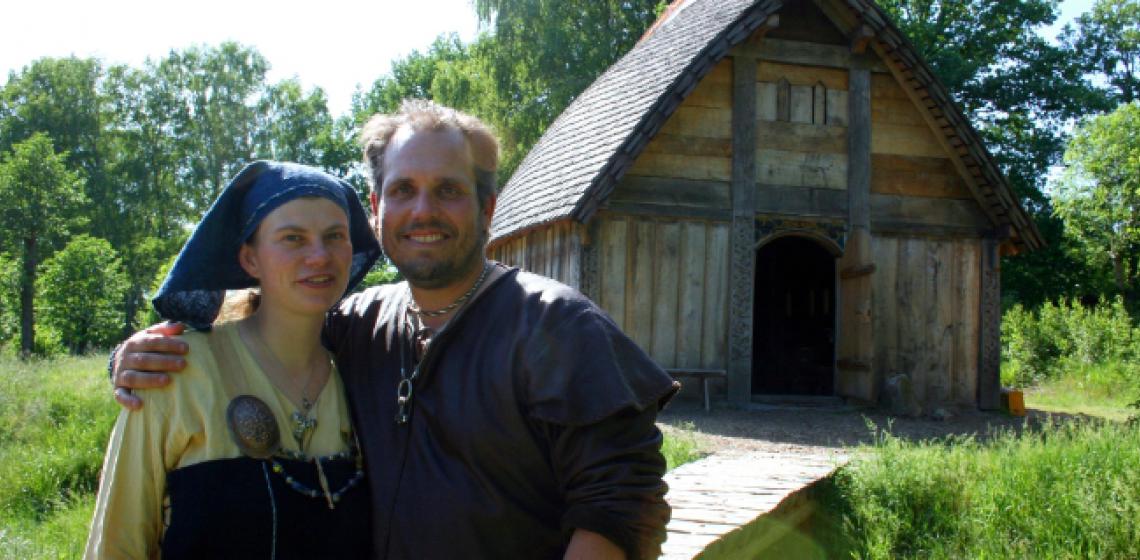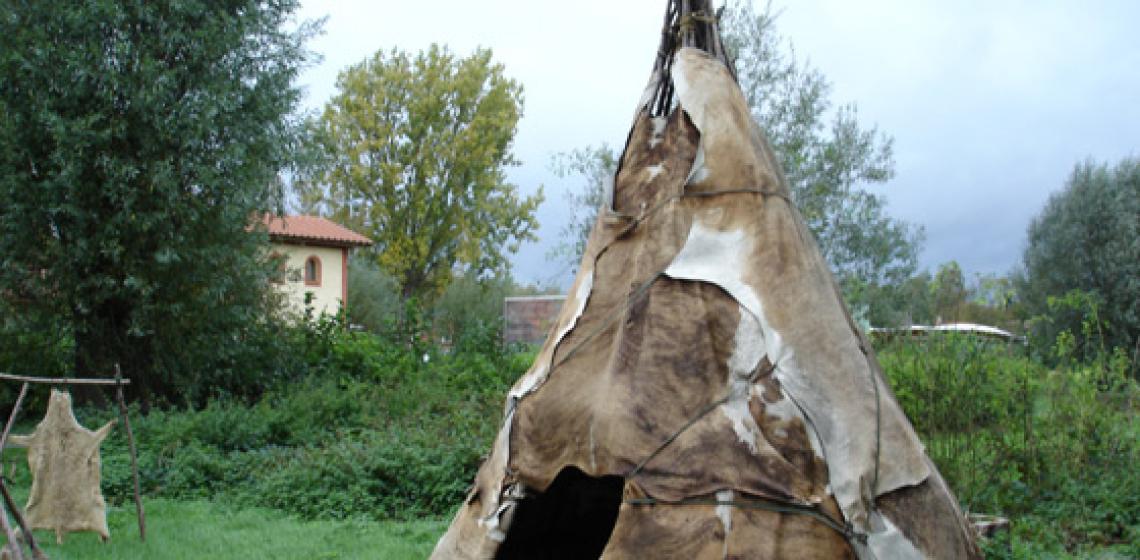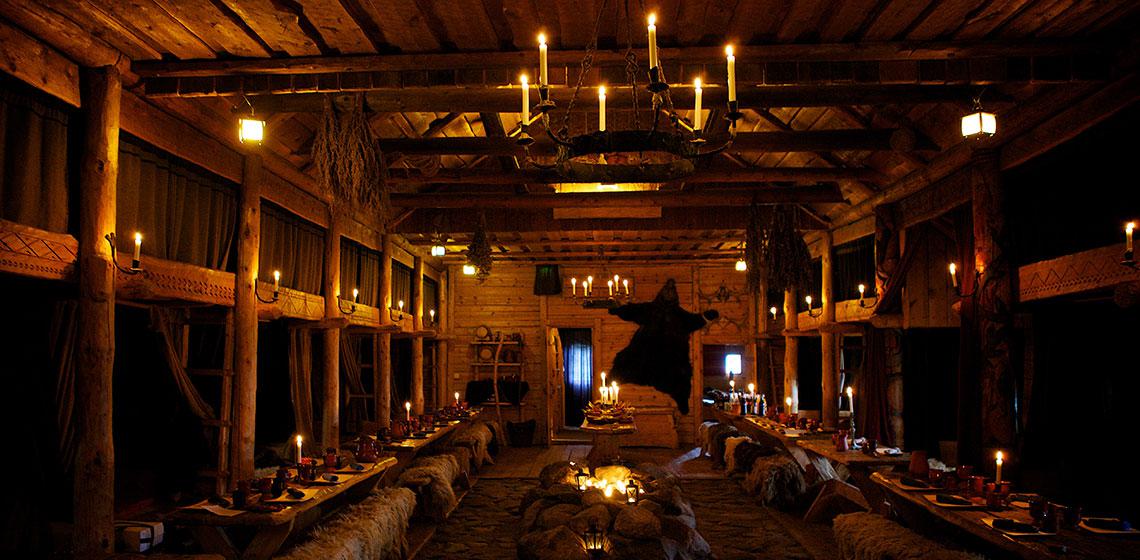Slavs and Vikings’ Center in Wolin (PL)
This time, we will be visiting Wolin, a town located on Poland’s largest island (of the same name) on the coast of the Baltic Sea, in the Land of 44 Islands. Wolin is a City of History, whose glory days date back to 1000 years ago. In the early Middle Ages, it was one of the largest and most powerful cities in this part of Europe, and ranked among the most important ports of the Baltic Sea.
This time, we will be visiting Wolin, a town located on Poland’s largest island (of the same name) on the coast of the Baltic Sea, in the Land of 44 Islands. Wolin is a City of History, whose glory...

